Noctua NH-P1 Review
Introduction
Noctua has been known to develop some of the best air coolers of the last decade. But one of the reasons they were able to stay ahead of the competition is the usage of their own top-of-the-line fans. But what if we take them away? Meet the Passive NH-P1, Noctuas first attempt of a fully passive cooler.
Positive
- Best-In-Class Performance (Passive Coolers)
- No Fan = No Dust, No Breaking Parts
Neutral
- Massive
- Heavy
Negative
- You need to know how much the cooler can handle
- Even if performance uplift with a fan is huge, it is still behind every entry-level air cooler
What's in the Box?

Although it is fully passive, the NH-P1 still comes in a Noctua iconic packaging. Colored in white and Noctua Brown, the box features a bit of imagery and some short specs, and additional information.
Inside, we will find the following items:
- Noctua NH-P1 Heatsink
- Noctua Torx Screwdriver
- Mounting Hardware AMD/Intel
- 1x Fan Clip Set
- Thermal Paste
Down below you will find a short summary of the NH-P1s specs:
| Name | Noctua NH-P1 |
| Dimensions | 158x154x152mm (HxWxD) |
| Fan | - None - |
| Fan Airflow | - None - |
| Fan Connection | - None - |
| Fan Speed | - None - |
| Fan Noise | - None - |
| Fan Air Pressure | - None - |
| Color | Silver (matt) |
| RGB | - None - |
| Ram Restriction |
40mm with heatsink oriented above Ram slots - None otherwise |
| Extras |
Included Torx Screwdriver for Installation Included fan clips for non-passive usage |
Compatibility
Although the NH-P1 wasn't released too long ago, Noctua made sure to maintain the compatibilty to some older sockets thus including older Ryzen and intel 10/11th gen CPUs.
Down below you will find a full compatibility list:
| Intel | AMD |
| LGA 1700 | AM5 |
| LGA 1200 | AM4 |
| LGA 115x | |
| LGA 2066 | |
| LGA 2011-0/3 |
Apart from compatibility as a general information, there is also something to be said about the installation process. Even if the mounting Kit included with the P1 consists of exactly the same pieces as any other Noctua Kit, the screws of the P1 are all Torx, something that wasn't the case before.

We are unsure as to why this is the case, maybe it has something to do with the screws strength. Nonetheless, Noctua made sure to include the Torx screwdriver with the cooler. Therefore, the installation procedure of the NH-P1 will be exactly the same as for any other Noctua cooler, just using a different screwdriver.
Individual Components
Heatsink
The main and only important part of the NH-P1 is its massive heatsink. Being almost 155mm in every direction, this thing is massive.

From the bottom up, the heatsink is designed very differently than we are used to. Having very few, but incredibly spaced-out fins, the air can move almost completely obstruction-free through the cooler and out at the top.
Additionally, Noctua made sure to cut square holes into every fin allowing the air to not only move between the different fins but also out using every direction it chooses.

This way of aligning, spacing out, and overall designing the heatsink seems to be the best result Noctua was able to create without the usage of a fan.
Another interesting aspect about the cooler are the heat pipes. There are 6 extremely long pipes traveling out of the base and back into the heatsink at a much later point. This approach is actually comparable to what Noctua did on their C14 cooler.
However, unlike the C14, the heatsink of the P1 does not begin at a certain height. Instead, the heatsink is just one massive block, going up from the base where it is then spread out, giving the impression of being just one block of aluminum.

Before continuing with the next piece, we also wanted to mention that the heatsink itself is fully reversible. On intel, we can even choose all 4 possible orientations. This could become very important in case you planned to use Ram higher than 40mm.
Base
The base in use resembles the ones we have seen on every other Noctua cooler in recent years.
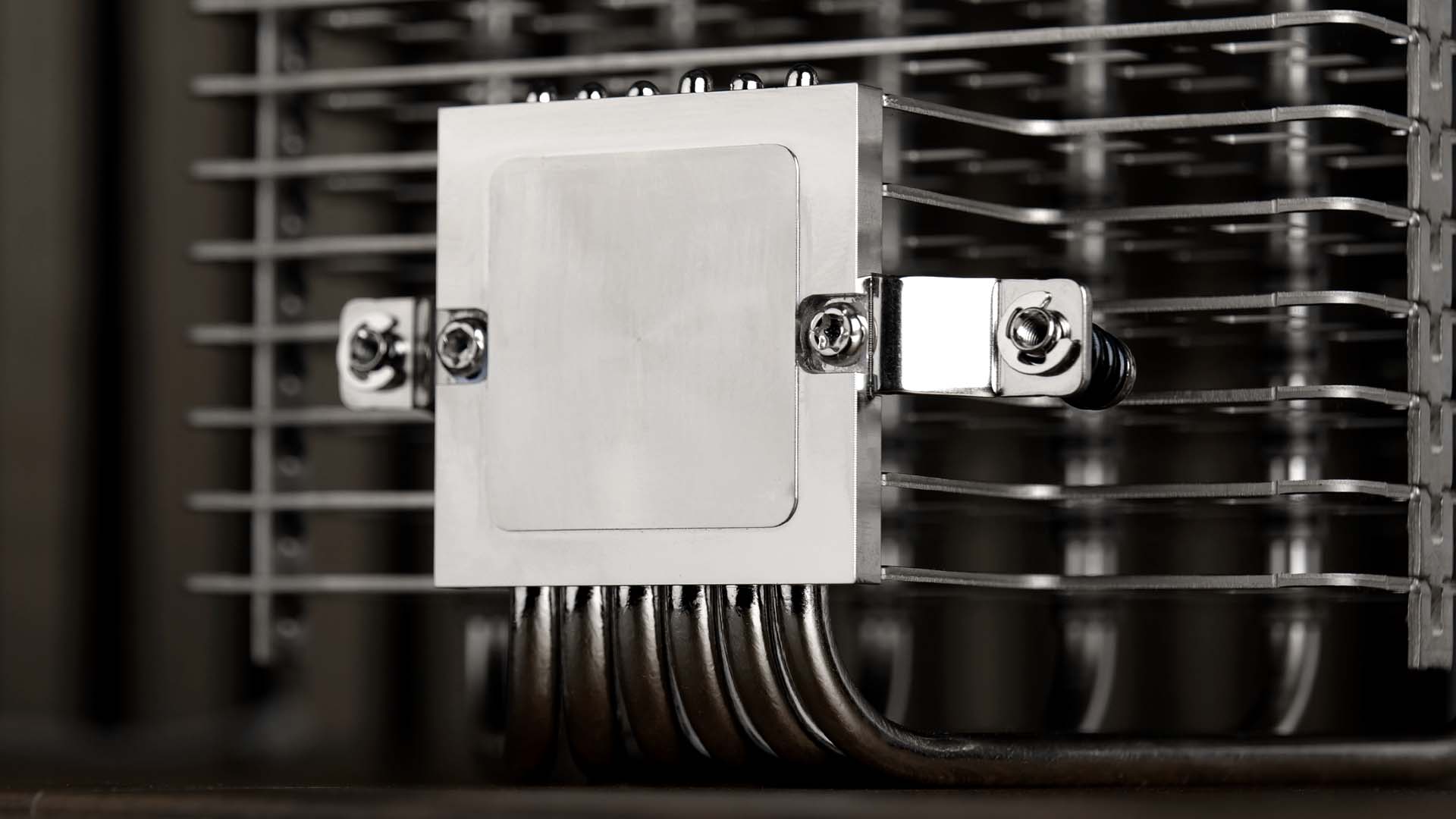
A big copper nickel-plated block. Interesting that Noctua still did not try a Direct-Touch approach, especially for a cooler of this type and potential workload.
Fan
- None -
But there can be one.
The user is free to choose to use whatever fan he wants using one of the three available spots marked with (1), (2), or (3).

Noctua officially recommends using a Noctua NF-A12x25 LS- edition for this cooler. And we fully agree.
Although we were able to obtain lower temperatures with an unchained NF-A12x25 compared to a slower spinning one, the gains are marginal compared to the additional noise.
As far as our off-side testing showed, as long as you are not forcing the air through the cooler using one of the 3000,4000 or even 6000RPM fans, the gains above 1200RPM are minimal at best. Therefore, a Noctua NF-A12x25 LS seems to be the perfect middle ground.
Appearance
As there is no fan, the only Design aspect left to see is the heatsink. And as far as heatsinks are concerned, this is by far the most massive and beefiest piece of cooling aluminum we have seen so far.

But only its mass scored some points. From the matt- aluminum finish to the stamped-in Noctua logo on the first fin, everything seems to be engineered so precisely that it looks like a piece of art.

A piece of art that is hard to integrate in some cases due to its massive size, but a piece of art nonetheless.
Benchmarks
Noctua has always been opposed to releasing TDP-specific performance ratings for their coolers. And although this approach makes sense in a world in which TDP si merely a suggestion, it would have helped to have a comparison value to other Brands' coolers. Thankfully, Noctua created their CPU compatibility center in which a User can see how Noctua rates their cooler with his specific CPU.
That being said, the NH-P1 is not the average ordinary cooler. It is fully passive, and therefore, the potential workload it can handle is highly limited, to begin with. Based on what we've seen online, the rule of thumb suggests that anything above 100W, and the cooler is done.
This was quite a disappointment for us as we really wanted to see where it would rank in our general CPU cooler benchmark list.
Thankfully we came up with an alternative approach to make this happen.
By lowering the ambient temperature of the room to 10°C (which the weather thankfully allowed that day), we were able to find the spot at which the NH-P1 would end up on a standardized list.

But as this is far from any sustainable operation, we also used the P1 with some fans as a reference.

Conclusion
Highly interesting would be the best description for the P1.
Ignoring the massive size, design, or excellent build quality, the fact that this is a Passive cooler capable of handling around 100W thermal output is impressive, to say the least.
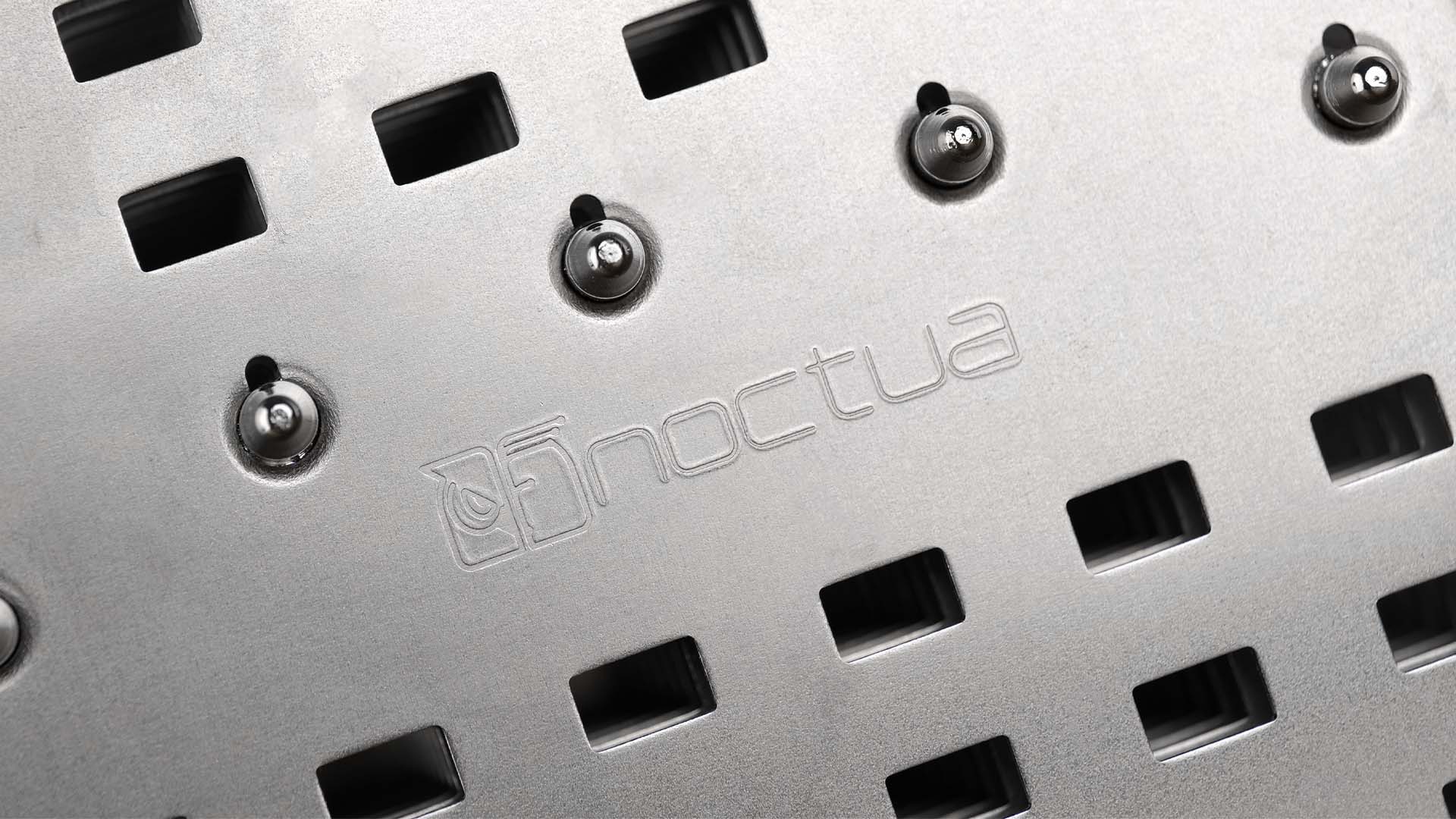
Even more impressive is the fact that we managed to somehow find a spot on our 135W workload. Granted, the room temperature was reduced to a point in which we had to put on jackets, and the P1 did not manage to beat anything, it is still impressive as there was no fan involved in the whole operation.

The addition of a fan did give the cooler a significant boost, however. Not an impressive one, but a significant one to say the least.
Overall, we loved working with the NH-P1. Every aspect of it was exactly as we expected it to be, even the performance. But this then leads to the conclusion. You need to know what you are doing. There is no point in getting a cooler like this slapping it inside the average case and expecting a 13700k to perform as it should. It won't.
No, the P1 is for the low-power chips, for i3s, R3s, or heavily throttled-down higher-end chips. And don't forget how much performance can be squeezed out of a Ryzen 7600x or i5 13600k by just tweaking the setting to a point where there is not more than 100W being pushed out.
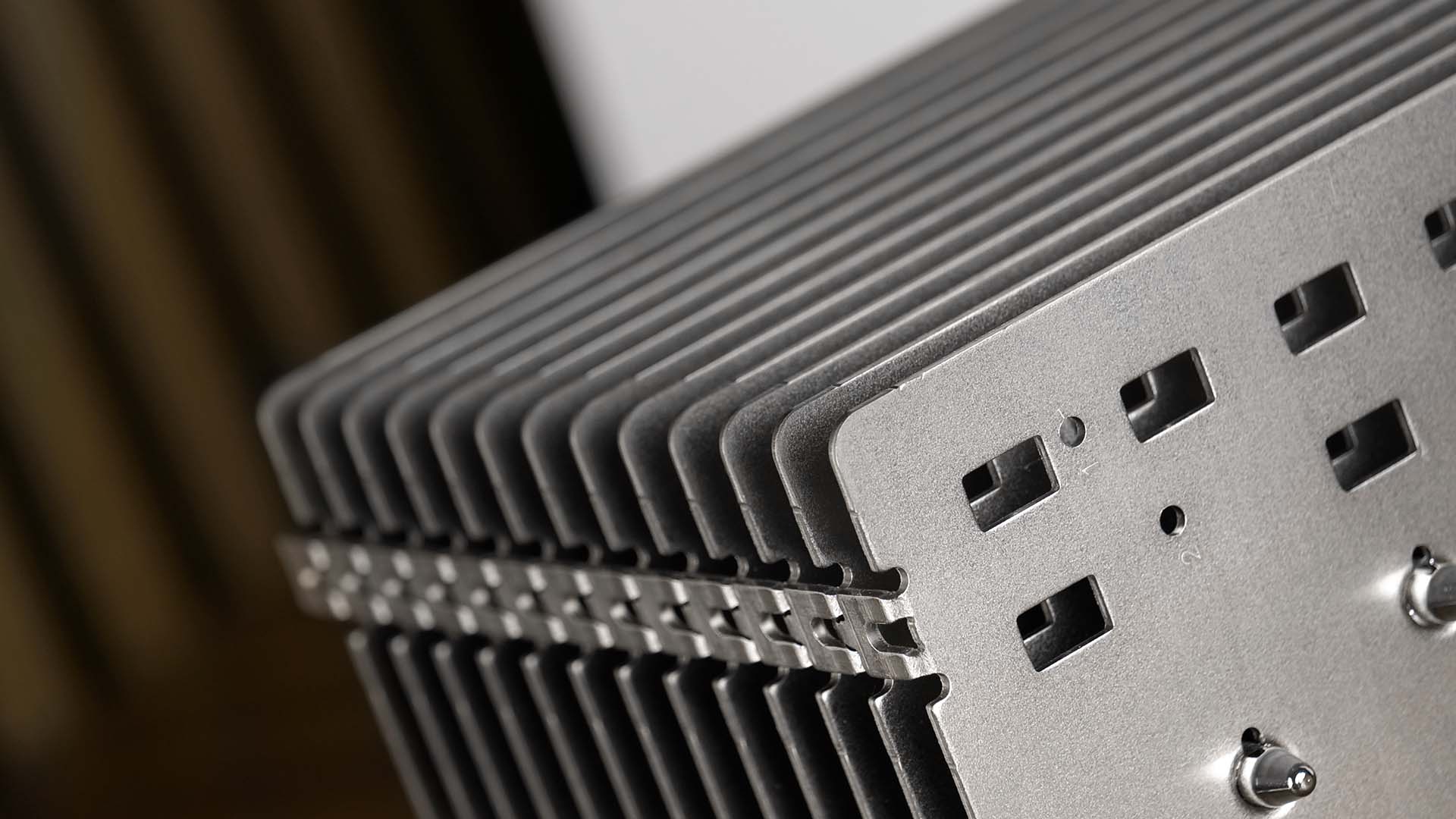
Therefore, if the User knows what he's doing, and plans the build accordingly while keeping in mind that everything above 100W requires a fan, we can highly recommend the cooler. In fact, out of the 3 passive coolers we have tested in the past, this is the only one to truly get the title "cooler". Everything else on the market seems to be an oversized re-purposed Southbridge heatsink.

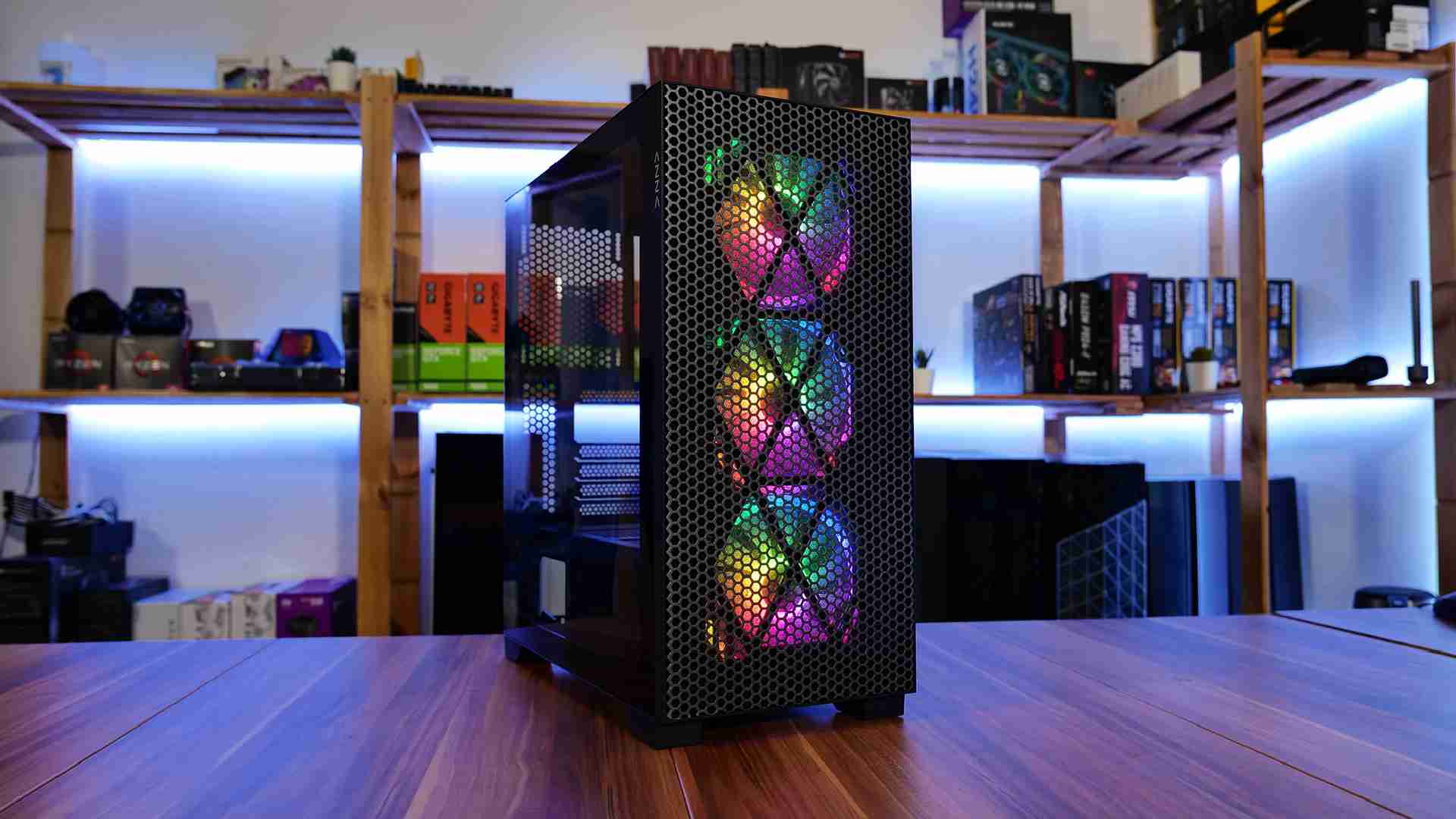
Azza Hive 450 Review
Azza-s Hive 450 Case is focused on Airflow while having a sleek design! Lets see if it can hold up to our expectations
Read More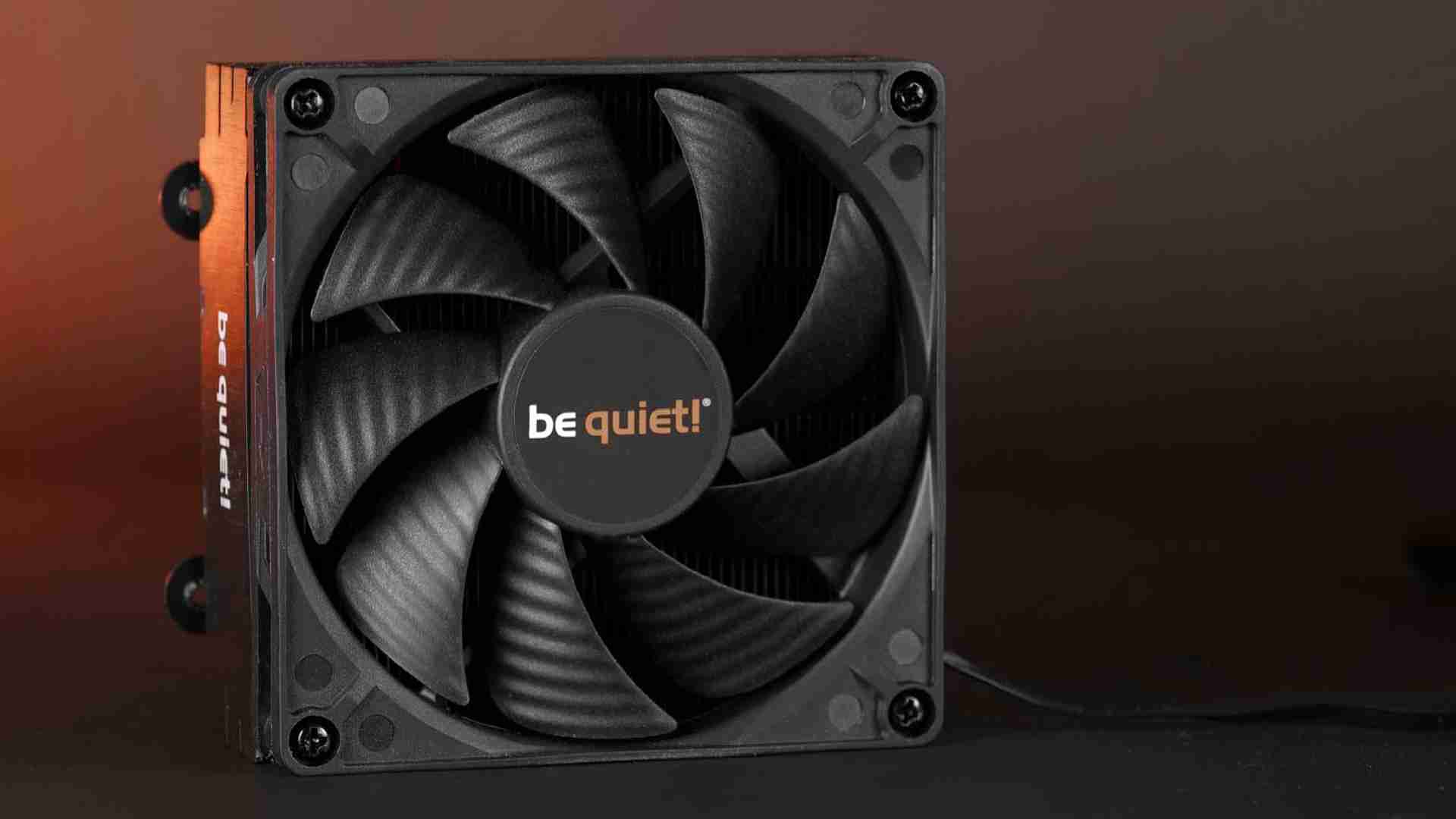
be quiet! Pure Rock LP
The ultra small SFF CPU cooler market is really hard. Not only do you have very limited space to work with, but condensing al
Read More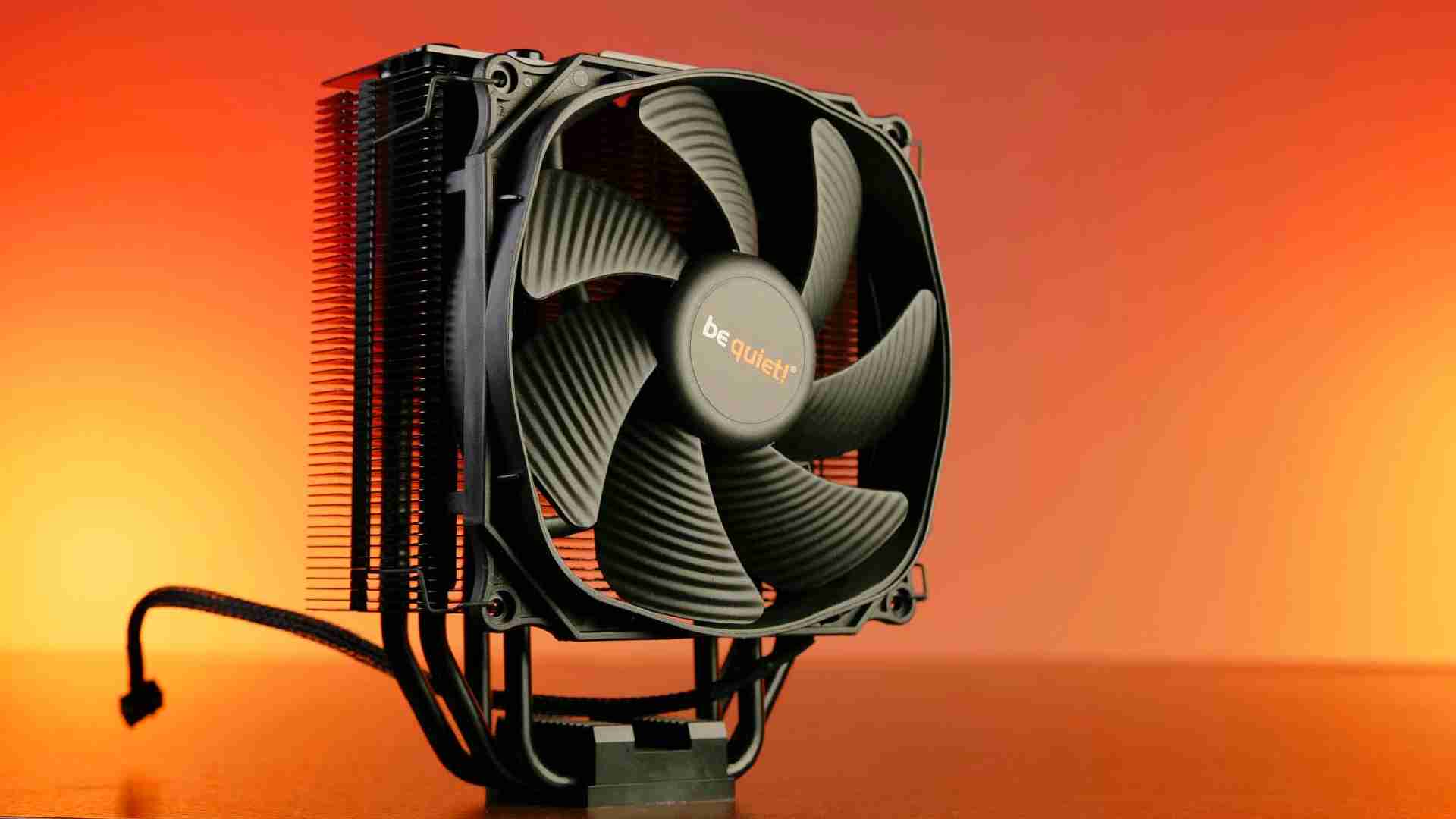
be quiet! Dark Rock Slim Review
The Dark Rock line of air coolers is among the best in the industry, and the best that be quiet! is offering. Lets take a loo
Read More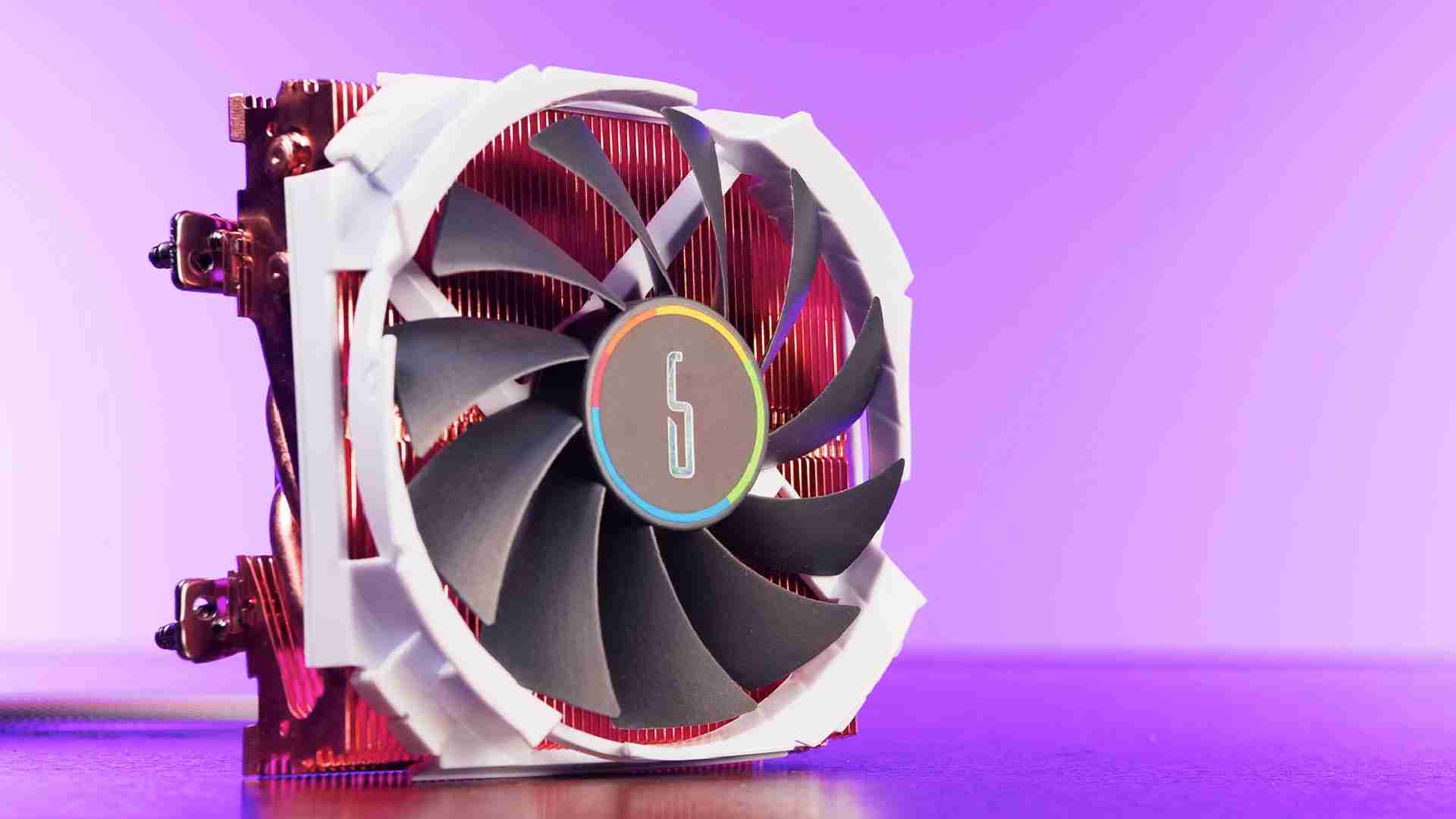
Cryorig C7 Cu Review
Copper being almost 3x as thermally conductive compared to aluminum, it should be clear that an all Copper heatsink will alwa
Read More